We recently went to the UK for a wedding and on the way back stopped in Langkawi for a five-day mini vacation. While
the hotel we stayed in the London suburb was everything I had ever imagined the English countryside to be, the food was less than satisfactory. But then again, food is not exactly England’s strong suit. So no disappointment there, and we looked forward to the gastronomic treat that's surely awaiting us in Langkawi.
Before the trip, we spent many long hours discussing which hotel to stay in: Four seasons vs. Andaman vs. The Datai. In the end
the Datai won because of its reputation of being a non-family oriented resort (ostracize me for not wanting my tranquil hours by the pool ruined by screaming kids!) with tastefully decorated rooms, impeccable service, and excellent food. In fact I read so many travelers’ rave reviews of the food in the Datai that I was practically dizzy with anticipation: laksa, nasi goreng, roti prata, nasi lemak and of course curries and satays. What would I have first?
Upon arriving in the open-air lobby at the Data, we were promptly served a welcome drink, which set the tone for almost all the food we had at the Datai: watery, bland, and lacked character. For a Malaysian resort, there were surprisingly very few Malaysian dishes to choose from, except at the weekly Malay-Night buffet dinner. But even then our dinner had to be ruined by a watery and tastless nee goreng. Mee goreng, people! How can the chef not know how to cook the most basic dish that any hawker can master? One might argue that being a resort that serves an international clientele, maybe the taste is toned down to please the less adventurous diners. Fine, then what about western food? Shouldn’t they be good if western tourists are the main target? Not so again. Every time we ordered a salad, a sandwich, or a pizza, Jason kept on commenting that even my food tasted better. I should’ve felt flattered, I know, but it was really not a compliment for me, it reflected the, once again, bland and tasteless food.
Are we too picky? Have we been so spoiled by the high standard of food readily available in Japan that we take things for granted? We questioned ourselves frequently and especially when we were served dull and uninspiring food at the Datai. But our soul searching was put to rest when one night we decided to break free and took a 50-minute taxi ride to visit a night market across the island in Kuah Town.
It was only a street of about 200 meters (but don’t quote me on it because I am horrible with distance) lined on both sides with hawkers peddling everything from fresh fruits and vegetables to freshly made local food, most of which we couldn’t name. To maximize our coverage, we devised a game plan and ordered everything that caught our eyes, but only one portion and split everything 50-50. When we came out from the other end of the street, I was rubbing my stomach with a big grin on my face. Now, that’s Malay food, damn it. Was that so hard for the Datai chef to manage?

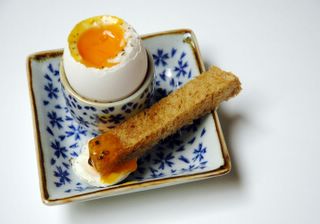
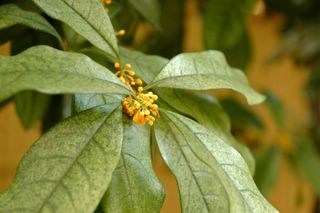
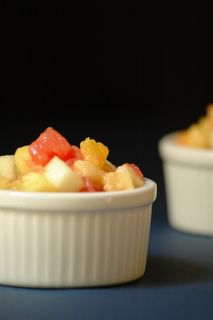
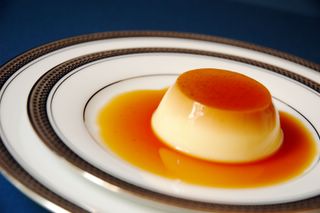
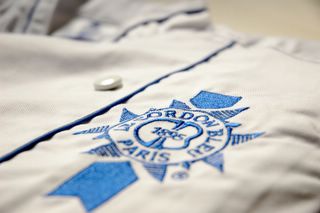


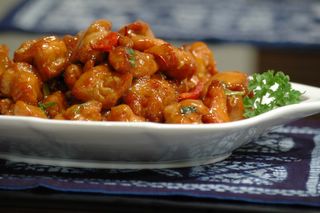
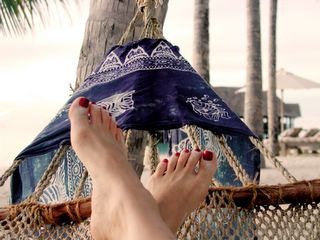

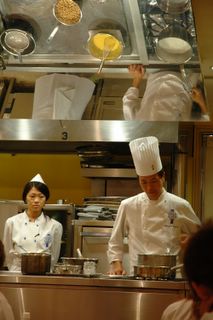



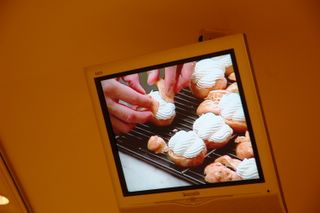
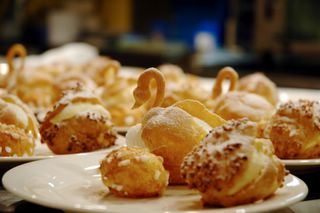


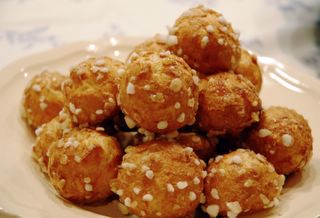




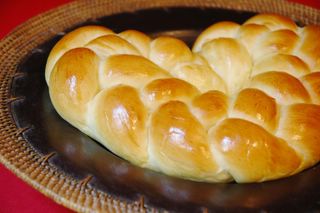






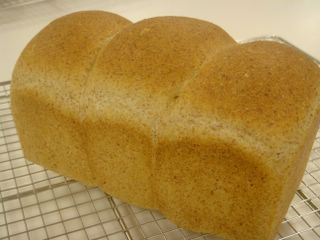

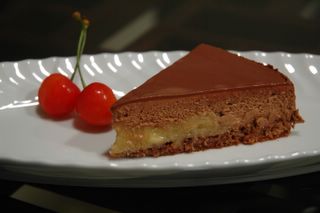








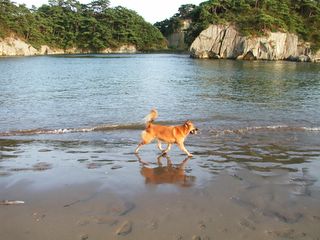









 Stumble It!
Stumble It!